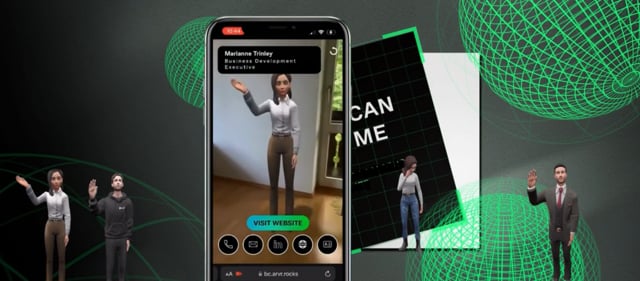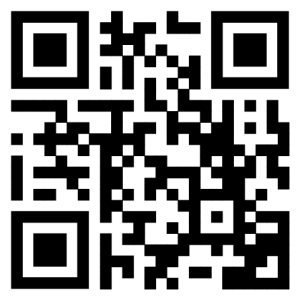The Evolution of Business Communication
AR Business Cards
A personal Piece of Paper
Who doesn’t know them? The little paper squares packed with all kinds of information: Name, company, job title, cell phone number, e-mail address, and, best of all, the link to the LinkedIn profile. We’re talking, of course, about the business card – the epitome of business communication.
For centuries, business cards have been used to exchange personal information and make (professional) contacts. But as we all know: Times change. As technology has advanced, so have traditional business cards, making way for innovative business tools like Augmented Reality business cards.
Back to the Roots: Made in China?
First, however, we travel back in time a few centuries: for the origins of the business card are said to date back to the 15th century in China, where it was already used as handwritten cards to convey personal information, such as names and titles. Others, on the other hand, claim that the forefather of the business card came from ancient Egypt, where not only small presents but also special notes were handed out during encounters.
The fact is, however, that no one knows exactly where the business card came from or who invented it. In Europe, it can be found for the first time between the 16th and 17th centuries, where noblemen and merchants used business cards to present their identity and social status.
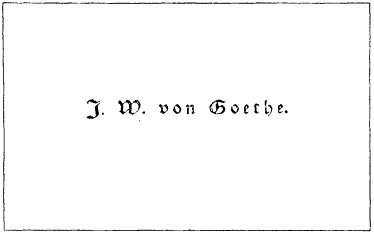
Business Card of Johann Wolfgang von Goethe, 18th century
Especially under the reign of the French Sun King Louis XIV, the calling card became more and more established. Initially known as a visitor’s card, derived from the French word Visite, the pieces of paper were left behind when the lords and ladies of the house were not to be found at home. Even when guests entered a house for the first time, the visiting card was presented before the guest himself, so that it could be decided whether he was received or not.
Optics are everything
Initially, it was a simple card, which was noted the name of the person who wanted to pay a visit to the landlords or ladies. The visiting cards served the clear purpose to introduce the persons. Thus, at courtly festivities and events, they also served the master of ceremonies to publicly announce a guest.
Only later, thanks to modern printing technology, did they develop into versatile cards in a wide variety of designs, becoming a representative of one’s craft, profession and thus a real eye-catcher.
Especially in more upscale circles, business cards became art. The more extravagant a card, the more respected the person – that was the motto. Therefore, depending on the era, different characteristics and styles of the time can be found. Individuality and creativity was everything!
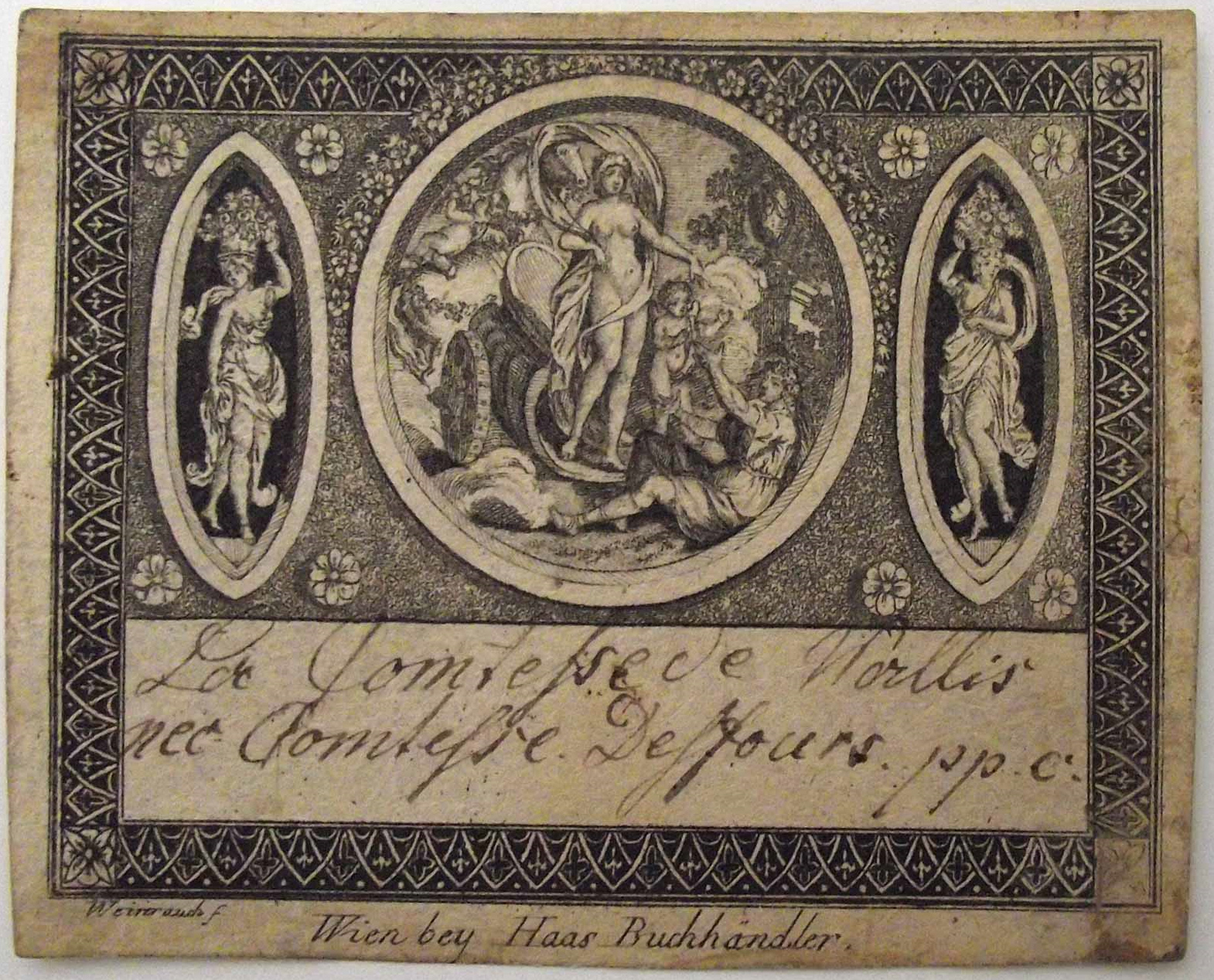
A business card from around 1800 depicting the Comtesse Wollis and Defours. The business card is worked with an engraving.
Over time, business cards evolved into an essential element of the business world – to make contacts, initiate business and, above all, make an impression. Social status was no longer the primary consideration. More and more, they migrated into the professional world, becoming what we know today.
Today, they are simply part of it: At trade fairs, events or simply in meetings with external people, people like to use paper networking not only to create a simple contact opportunity, but above all to be remembered.
Welcome in the 21st Century
However, with the advent of the digital age and the omnipresence of smartphones, traditional business cards are increasingly reaching their limits. The information is static, limited and unchanging. Not good conditions in a world where pretty much everything is becoming a product experience.
This made the invention of Augmented Reality business cards all the more important. These innovative little cards combine the tradition of business cards with the innovative technology of Augmented Reality. Instead of displaying limited information, they allow you to create a dynamic and interactive presentation of a person or company. The paper counterpart is retained, but enhanced with a virtual layer.
More than simple Paper Squares
By scanning the business card with a smartphone, AR Business Cards come to life and a person’s virtual alter ego appears as an augmented avatar. Personal messages, a call button, the link to the LinkedIn profile or the direct e-mail function offer a variety of interactive contact options with guaranteed entertainment value.
External features, gestures or personal clothing style can be easily transferred to the AR counterpart and even voice-overs are possible. The avatar not only looks like the owner of the cards, it also sounds like them!
How do Augmented Reality Business Cards function?
Quite simply via the browser: Once the business card is scanned, the webAR app starts all by itself. All that needs to be done is to allow camera access. This is done with a single click in the pop-up window. The AR business card then comes to life and summons the integrated avatar.
The best part? Thanks to the digital component, content can be changed quickly without printing anything new. Got married and got a new last name? That won’t bother your avatar, we’ll just change the displayed name. New cell phone number? No problem. New hair color? Even your avatar can start a digital makeover 😉
AR Business Cards can be filled with new content again and again without the need for new business cards. That’s good for the environment, too!
Try yourself:
King Louis XIV would make eyes…
The evolution from business cards to business cards with Augmented Reality is an exciting step in the history of business communication. They offer an innovative way to stand out from the competition, present information dynamically and leave a lasting impression. As AR technology becomes more widely accepted and developed, we can be sure that these cards will play an even more important role in the business world in the future.
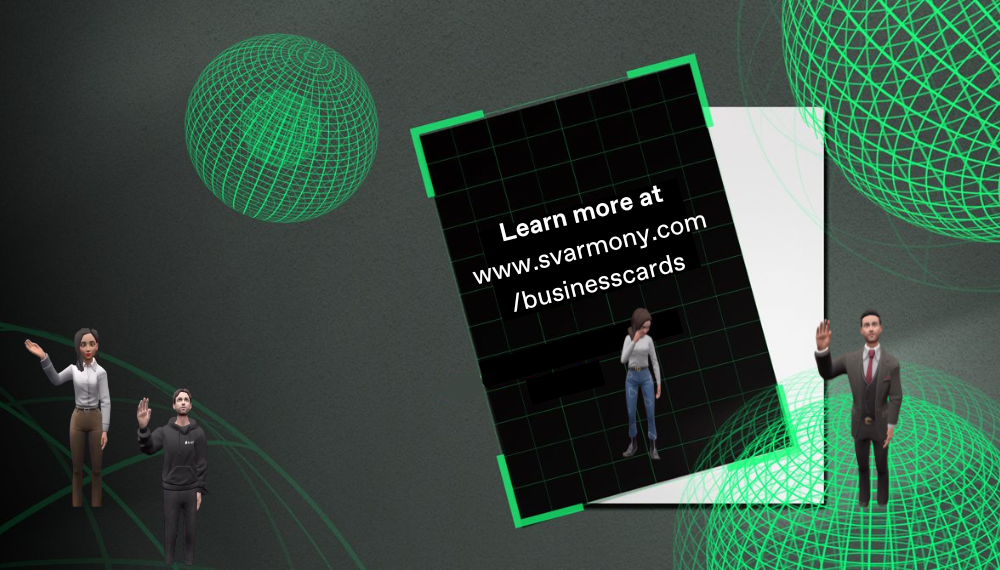
10 Facts about Business Cards you haven’t heard before:
- The most expensive business card in the world costs around 1500€ – per card! And is studded with diamonds.
- In Japan, the business card culture is almost ceremonial. Always hand over business cards with both hands! Such a gesture signals formality and respect for the person receiving the card.
- Actively handing out business cards increases a brand’s visibility by up to 22% (source: startupvalley.news)
- Avatars on business cards provide an extra personal level and literally speak directly to potential customers. They not only give the brand a face, but also interact, communicate and directly answer the most important questions.
- In Middle Eastern countries, business cards must not be handed over with the left hand. There, the left hand is considered something reserved for uncouth acts. Anything done with the left hand can be seen as a sign of disrespect.
- Business cards are an important part of a company’s professional image. Therefore, if you want to place your company in a modern and innovative way, you should also resort to digital additions for business cards. No matter if avatars, 3D animations, videos, mini-games – in principle nothing is impossible.
- In China, double-sided business cards are required. The first side contains your information in English. The other side contains your information in Chinese characters.
- In general, AR content is three times more memorable than traditional non-AR media. Business cards with Augmented Reality are therefore not only eye-catchers, but are all the more memorable.
- Around 1900, the standard size for business cards measured 5.08 x 8.89 cm. Today there are seven standard sizes, the most commonly used size measures 85 x 55 mm.
- On earlier business cards, there were additional small city maps to find the advertised business or people’s workplace. A lost but important detail that we can easily bring back with AR (maybe even AR Navigation?)!
- https://startupvalley.news/de/visitenkarten-unternehmen/
- https://de.mobilocard.com/post/your-guide-to-business-card-history-culture
- https://svarmony.com/businesscards
- https://www.saxoprint.de/blog/11-fakten-ueber-visitenkarten#:~:text=Um%201900%20ma%C3%9F%20die%20Standardgr%C3%B6%C3%9Fe,2%2C5%20%25%20gesteigert%20werden
